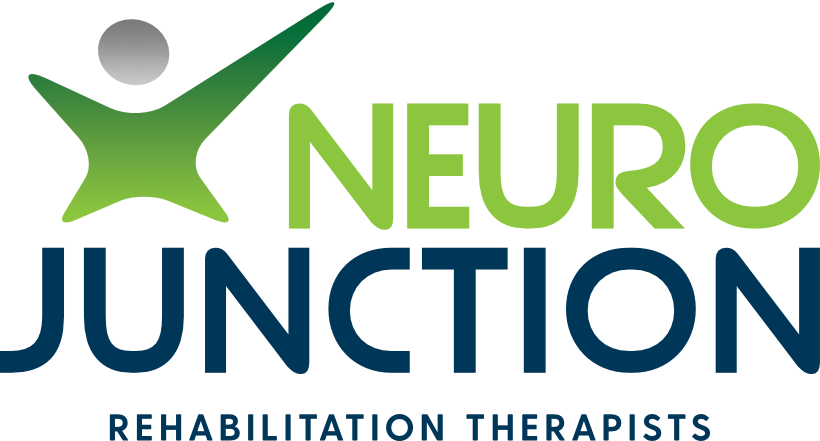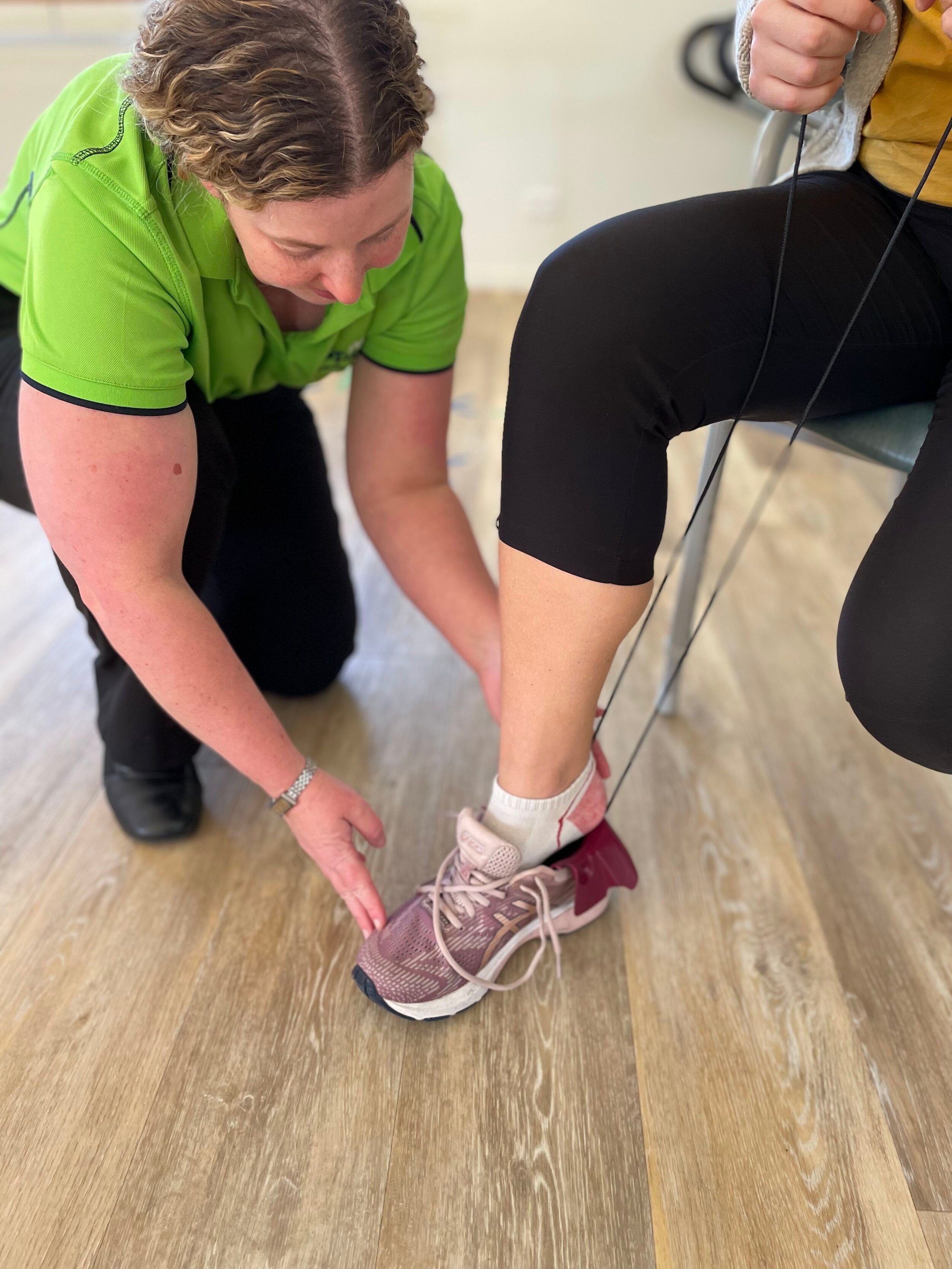Adaptive Equipment - OT
Angled knife (adaptive utensil)
Occupational Therapy services are essential for people living with chronic conditions, neurological conditions, disabilities and/or the ageing population with functional deficits. An Occupational Therapist can help identify difficulties, weaknesses and strengths as well as activities/tasks important to the person, working collaboratively with the client to improve their independence and quality of life.
Neuro Junctions team of Occupational Therapists may conduct functional capacity and cognitive assessments to determine the need for provision of adaptive equipment. Adaptive equipment is any device, machine, or tool that is used to assist with any task associated with daily living, may include:
Shoe funnel assistive aid
Getting dressed - dressing sticks, shoe funnel, button hooks, sock aids and elastic shoelaces.
Adaptive utensil (thicker grip) with Plate guard
Sensory (Vision/Hearing) - screen readers, braille displays, hearing aids and visual alert systems
Grooming and self-care - long handled sponges, long handled hair brush
Bathing and using the toilet - shower chair, handheld shower head, shower rails, toilet rails, commodes and toilet aids for cleaning.
Eating and cooking - adaptive utensils, two-handled mug, kettle tippers, plate guards and non-slip bowls/plates.
Writing and typing - pencil grips, text to speech and touch screen
Mobility and transport - canes, walkers
and wheelchairs
The use of adaptive equipment helps to reduce daily frustrations by allowing participation in many different activities. This equipment facilitates function to enhance our clients quality of life by providing a sense of accomplishment and increased independence.
For more information on how we can help you please refer to Neuro Junction Occupational Therapy
For NDIS participants more information can be found here Assistive technology explained
References:
Assistive technology explained | NDIS. (n.d.). National Disability Insurance Scheme (NDIS). Retrieved from doi:https://www.ndis.gov.au/participants/assistive-technology-explained
Giesbrecht, E. (2013). Application of the human activity assistive technology model for occupational therapy research. Australian Occupational Therapy Journal, 60(4), 230-240. Retrieved from doi:https://doi.org/10.1111/1440-1630.12054.



